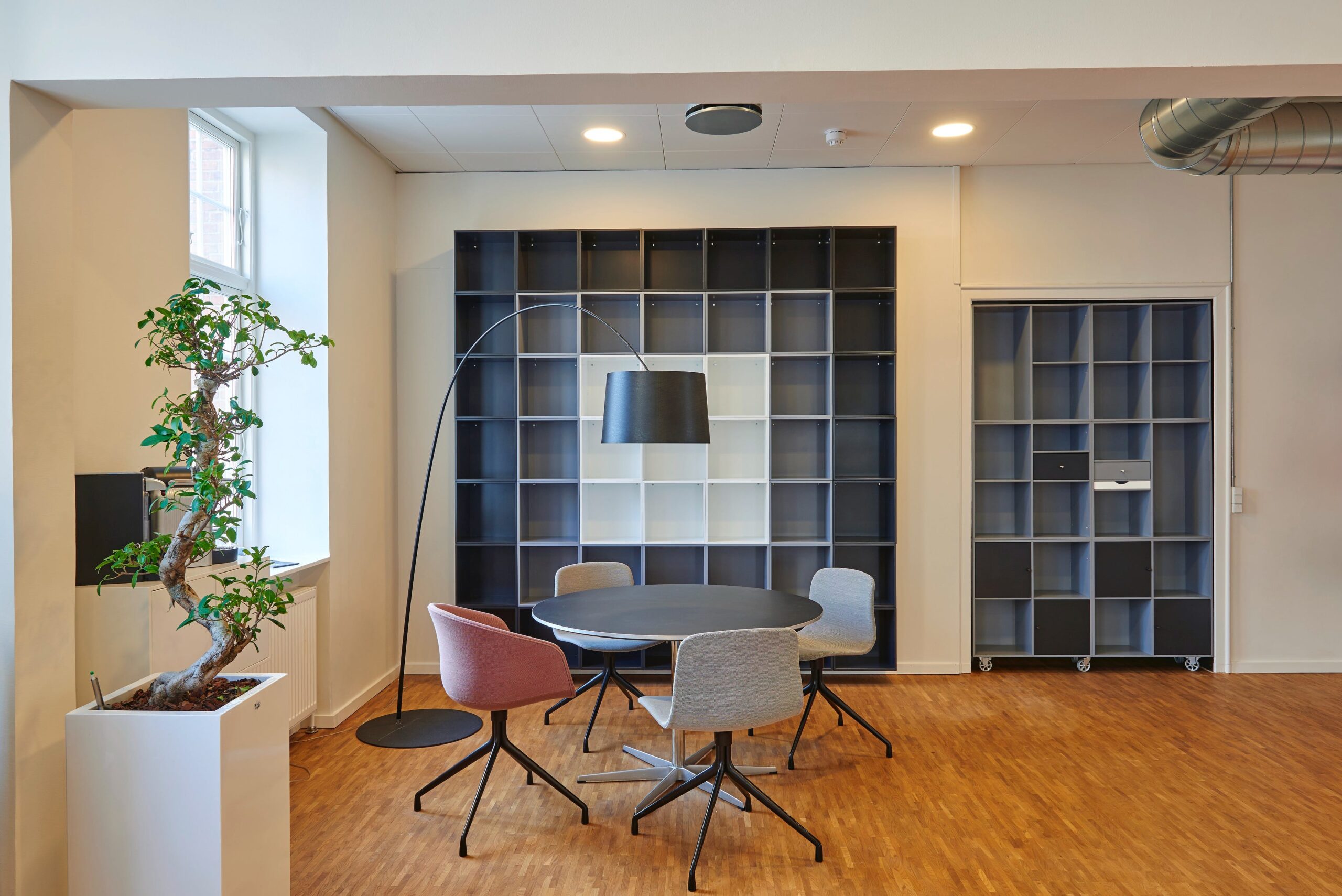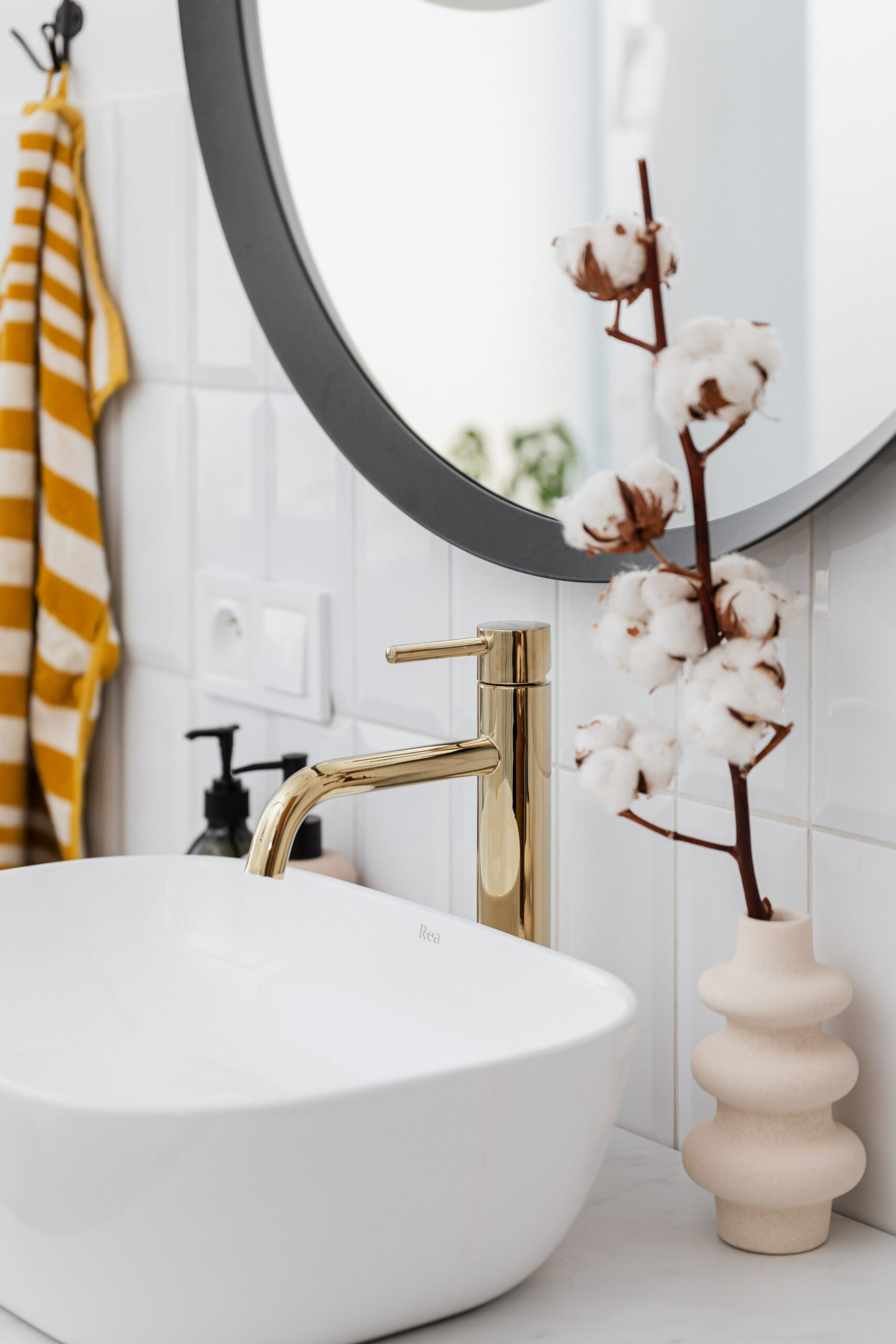Whether you are moving into your very first home or renovating your current one with the help of a few DIY projects around the house, homeowners want a home that supports their family’s needs in the years to come. It is estimated that homeowners spend 13.3 years in a home before moving on. In some states like Texas, this can rise to over 20 years. Typically, many publications focus on new home checks, renovations, and interior design to mold their house into the home of their dreams. However, for 12.7 percent of Americans living with a disability and their family members, moving into a new home requires a few key updates. Making your new home accessible and inclusive of all inhabitants can promote independent living and truly help everyone feel at home in a new house.
Build A Ramp For Your Home’s Front Door
For those with mobility challenges or those that use a wheelchair, doorways can be tricky to navigate for 2 reasons: their width and height. If your new home has steps to its entry, you will need to consider installing a ramp to make entering and exiting your home much easier. Before you build a wheelchair ramp, homeowners need to consider the amount of space they have, the height of the door, and the visibility of their entryway. If the exterior of your home is poorly lit, those using the ramp will not be able to see what they are doing in the evenings. This presents a potential hazard for falls and accidents.
Many home improvement stores now offer guidance to help homeowners add a wheelchair ramp, such as information on the different types of wheelchair ramps, deciding on the best entry point, and calculating slope or space limitations. For instance, homes with smaller spaces can use a U shaped ramp for wheelchair access. For the slope of your ramp, the American Disability Association recommends a 1:12 ratio and elevation of no more than 30 inches. The kind of ramp you choose to add to your home will also depend on the disability of the person in mind. For instance, those with certain medical conditions like Cerebral Palsy, Parkinson’s, or seniors recovering from a stroke may need to use an assisted wheelchair. This means the ramp you choose should be able to support the additional weight. Homeowners can also access the cerebral palsy resources site or other specific medical condition organizations for additional guidance.
Install Grab Bars And Handles In Your Bathroom
The bathroom is one of the most common places where people with disabilities or elderly homeowners struggle. Because of slippery surfaces and added moisture, 80 percent of falls occur in the bathroom, according to the National Institute Of Aging. To prevent this, homeowners can install grab bars besides showers and the toilet.
The best news is that this is one change that you can do yourself. Grab bars and handrails are readily available at home improvement stores countrywide and cost as little as $20. When considering the placement of the grab bars, think of where someone who needs help in balancing themselves upright or help in standing up. Most experts recommend installing 2 grab bars by the toilet and 3 in the shower/bathtub at a height of 33-36 inches.
Lower Your Kitchen Cabinets And Countertops
Another key room in the home is your kitchen. For many homes, the kitchen is a central part of their lives. Therefore, making adjustments to make it inclusive for all members of the family is important. For those with limited reach or mobility access, homeowners can benefit from lower countertops and cabinets. The standard countertop height is 36 inches. However, accessible kitchen cabinets should measure 34 inches. Similarly, countertops should be between 28 and 34 inches from the floor.
Alternatively, you could try rearranging your kitchen cabinets for ease of use. Frequently used items and staples should be moved to lower cabinets to promote independence and comfort in an accessible home. You can also switch your door handles to lever-style handles, which are easier to open.
Finally, if you have hardwood flooring, consider ripping up any carpeting in favor of your hardwood floors. This is because carpets can be a tripping hazard for those using wheelchairs and mobility aids. A house should feel like a home to everyone in it. With these small changes, you can ensure every member of your family feels at home, regardless of their challenges.






